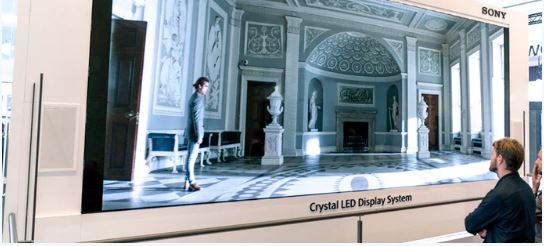By Scott Walker
In early June, Waveguide sent a team of AV consultants, designers, programmers and technicians to Orlando for the AV industry’s big annual tradeshow, InfoComm. The show has so many jaw-dropping LED video walls it can be hard to cut through the distractions to find the real trends in AV communications before they happen, but Waveguide folks are highly skilled trend investigators digging below the surface to evaluate what’s next, and what we learned this year is that big changes aren’t simply coming – they’re already here.

Despite eye-popping video displays like Sony’s Crystal LED video wall stealing the show again, the real revolution is how AV has transformed from a hardware-based to software-based industry. Over the last five years, software-based unified communications platforms from Cisco, Microsoft and Zoom have replaced hardware-based videoconferencing. It’s unified communications’ world; AV is just living in it.
This shift is rewriting the rules of meeting rooms. In the past, meeting rooms were expected to have their own unique user experience, but now the user experience is defined at the personal mobile device, so today’s meeting rooms have to accommodate that experience or become the lumbering dinosaurs of the modern workplace. The result is, today, software decisions lead all hardware decisions, and this is true for systems beyond unified communications. Room scheduling, digital signage, wireless collaboration and annotation technologies are now defined by the software experience. The trick is to pick the best-in-class software first and then specify compatible hardware second with the goal of allowing owners to change their mind over time about their software platform without having to uninstall any hardware.
That software trend is already here. The trend we project will come next is the eventual death of AV as a capital expenditure on construction projects. Instead, AV will morph into “AV as a service,” where costs are moved entirely into OpEx dollars. Our clients’ IT departments are counting the days until this happens, and while there will be winners and losers from this sea change in our historically hardware-based industry, we’re ready for this next wave of AV to hit the shore.